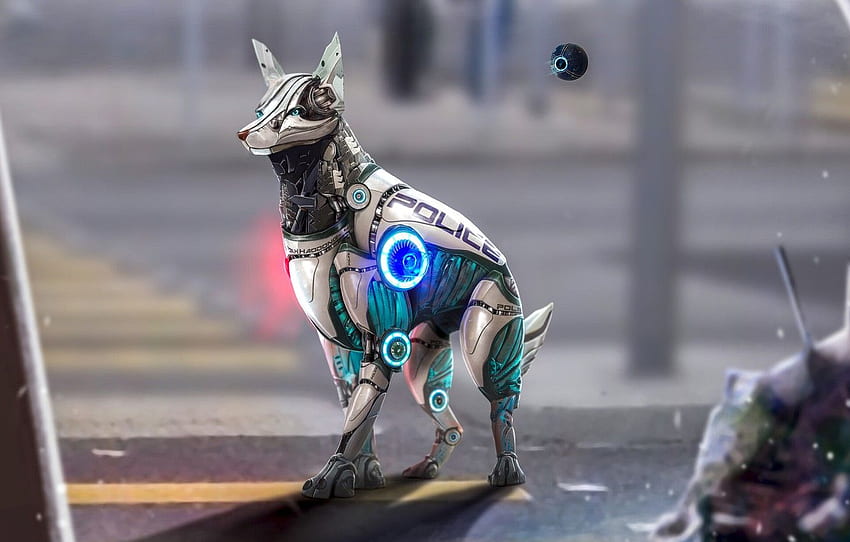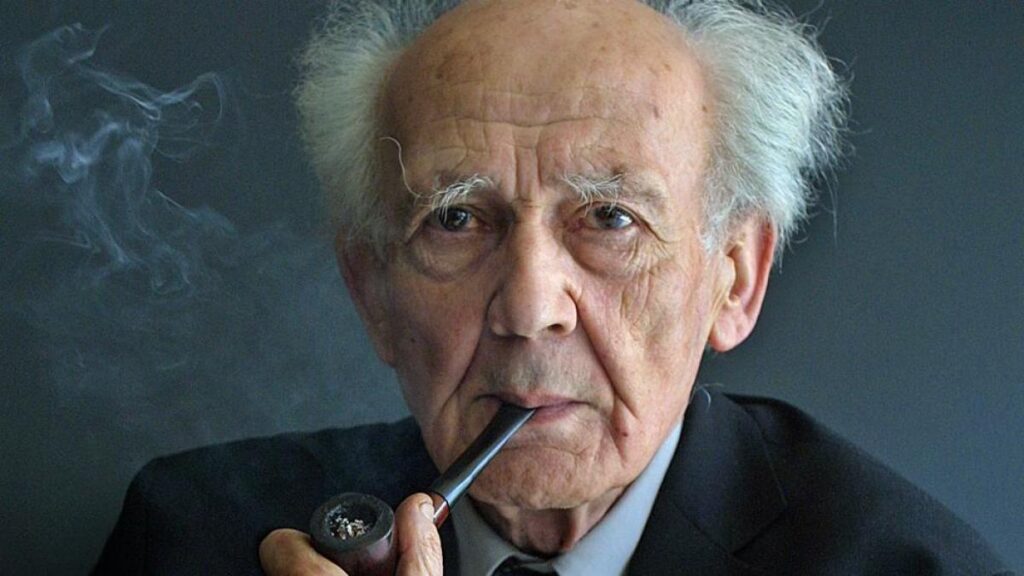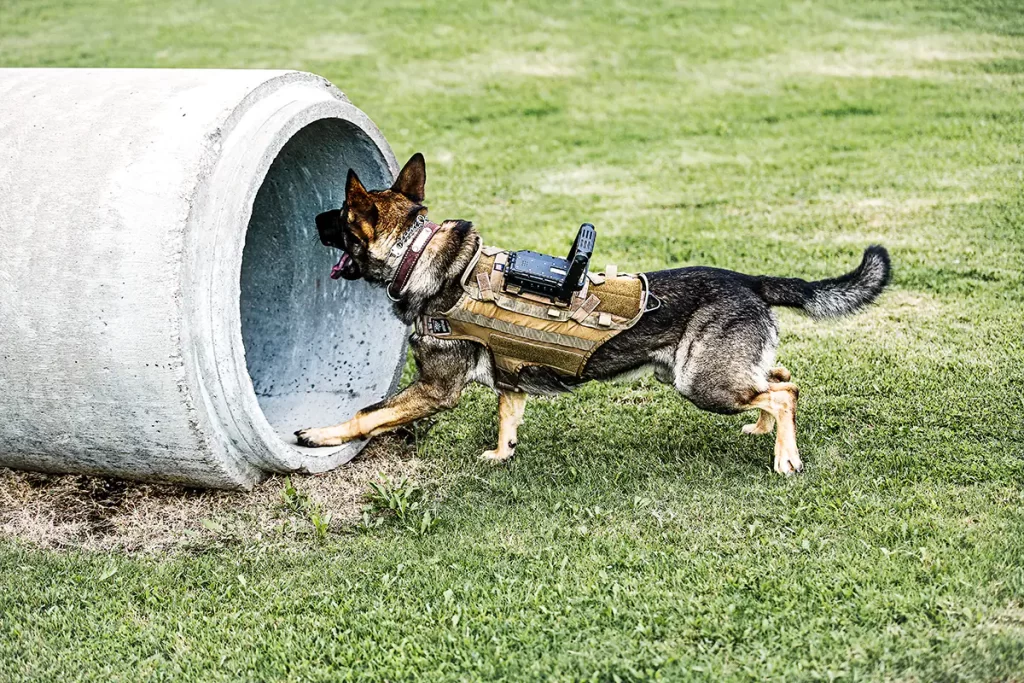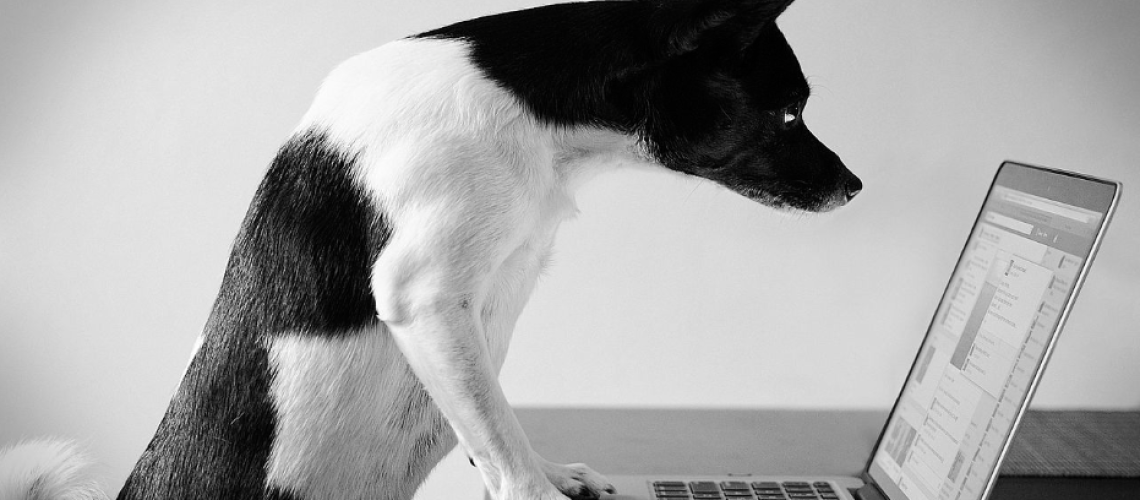In the vast landscape of elite K-9 training, it’s evident that innovation has been a rare commodity. While the world around us has been shaken by technological advancements, the adoption of new approaches, and a mindset of constant change, the profession of training elite canines seems to have largely clung to old practices and the dogma of “reinventing the wheel.” This stagnation in embracing fresh ideas and methodologies acts as a brake on the untapped potential that could be reached within the realm of dogs trained for specialized purposes.
While many industries have embraced the digital age, artificial intelligence, and innovative training strategies, elite K-9 training at times appears trapped in a sort of “suspended time.” Attention often fixates on established concepts, replicating traditional methods, and a lack of openness to new horizons. However, in the context of an ever-changing world, this static approach could prove detrimental not only to the profession itself but also to the safety and effectiveness of canine teams in critical situations.
In today’s article, we will explore the pressing need to make elite K-9 training more liquid, embracing innovation and adaptability as fundamental pillars of this profession. From collaborating with experts in related fields to experimenting with new technologies, we will delve into how a more fluid approach to canine training could lead to extraordinary outcomes and new standards of excellence. The time has come to challenge the status quo, to transcend the limitations of the past, and to pave the way for a progressive and cutting-edge canine future.

In the rapidly evolving world we live in, the significance of adopting a “liquid” approach within elite K-9 training cannot be underestimated. Zygmunt Bauman, the renowned sociologist, introduced the concept of “liquid” to describe the flexibility, adaptability, and capacity to embrace change that have become crucial in various aspects of modern society. These very principles can be successfully applied to elite canine training.
In a world where challenges arise in unpredictable ways and technologies advance at a dizzying pace, remaining anchored to traditional techniques and the mindset of “reinventing the wheel” can become a substantial obstacle. The liquid approach, on the other hand, embraces the concept of continuous learning and adaptation to changing circumstances. Just as Bauman argues that liquid modernity requires openness to change and constant reflection on the current situation, elite K-9 training must adopt a mentality that values innovation and evolution.
Liquid canine training entails the adoption of new approaches based on scientific research, experimentation with novel techniques, and collaboration with experts from related fields. This approach may involve the use of advanced technologies, such as artificial intelligence and data analysis, to develop more effective and targeted training strategies. Furthermore, liquid training promotes a mindset of ongoing learning for the trainers themselves, recognizing that evolution is a natural part of the process.
The ultimate goal is to create elite canine teams that can agilely adapt to unforeseen situations, effectively respond to changing challenges, and deliver optimal performance in critical scenarios. In a world where uncertainty is the new norm, becoming “liquid” in elite K-9 training is not just a choice but a necessity to ensure success and operational safety. Just as Bauman suggested for liquid society, canine training must also embrace change as the only constant, constantly adapting to thrive in an ever-evolving environment.

The characteristics of liquidity, as proposed by Zygmunt Bauman, are crucial to understanding how this concept can be applied to elite K-9 training and lead to a positive transformation in this profession.
Flexibility and Adaptability: Flexibility and adaptability are essential pillars of the liquidity concept. As Charles Darwin stated, “It is not the strongest of the species that survives, nor the most intelligent. It is the one that is most adaptable to change.” This principle is equally applicable in elite K-9 training. The ability to quickly adapt to new challenges and scenarios is crucial for operational success.
Openness to Change: Renowned management theorist Peter Drucker emphasized that “The best way to predict the future is to create it.” This assertion underscores the importance of openness to change. In elite K-9 training, innovation is vital to establishing new standards of excellence. Embracing new technologies and approaches can yield exceptional results.
Continuous Learning: Albert Einstein stated, “Learning is experience. Everything else is just information.” This quote underscores the value of continuous learning. In the context of K-9 training, trainers and handlers must constantly seek new scientific insights and approaches to adapt their methodologies based on new discoveries.
Collaboration and Networking: Collaboration is often cited as key to innovation. Bill Gates said, “Collaboration allows us to know more than we are capable of knowing by ourselves.” Collaborating with experts in related fields, such as veterinary medicine, animal psychology, and technology, can lead to a broader and more integrated approach in elite K-9 training.
Challenging the Status Quo: Steve Jobs asserted, “The ones who are crazy enough to think they can change the world are the ones who do.” This principle applies to elite canine training as well. Challenging conformity and constantly seeking new avenues can lead to more effective and innovative solutions.
Mental Agility: As John F. Kennedy stated, “Change is the law of life. And those who look only to the past or present are certain to miss the future.” Being open to new ideas and ready to shift mindsets is crucial in elite K-9 training. Mental agility allows for the adaptation of strategies to evolving circumstances.
Swift Response: The quote attributed to Sun Tzu from “The Art of War” reflects the importance of a swift response: “Speed is the essence of war. Take advantage of the enemy’s unpreparedness; travel by unexpected routes and strike him where he has taken no precautions.” This principle is vital in elite K-9 training, where the ability to rapidly respond to situations can make a difference.
Exploring New Paths: As former Starbucks CEO Howard Schultz said, “Innovation is not about saying yes to everything. It’s about saying no to all but the most crucial features.” This perspective applies to elite K-9 training. Being open to new methodologies, technologies, and approaches can lead to surprising and unforeseen outcomes.
Elite K-9 training can embrace a more dynamic, adaptable, and innovative approach, ensuring better outcomes and elite canine teams that are always prepared to face the most complex challenges.

In elite K-9 training, evolution is crucial to ensure optimal performance in complex situations. While the traditional approach has proven its value over time, adopting liquid concepts such as flexibility, adaptability, and openness to innovation can lead to significant transformations. By incorporating modern methods, advanced technologies, and a thorough psychological approach, it’s possible to revolutionize the entire training process. This approach not only enhances the preparedness of elite K-9 teams but also creates synergy between dogs and handlers, optimizing performance in a wide range of scenarios.
The Importance of Online Work Platforms:
Online work platforms, aligned with the concept of liquidity, allow for flexible and accessible training. According to Dr. Ian Dunbar, a pioneer in positive dog training, “Effective training requires consistency,” and online platforms enable trainers and handlers to engage in continuous and tailored learning sessions. Through webinars, video demonstrations, and discussion forums, training becomes a fluid process that adapts to individual needs and changing operational circumstances.
Integration of Virtual Realities:
Virtual realities open up a new realm of possibilities in K-9 training. According to Dr. Alexandra Horowitz, author of “Inside of a Dog” and researcher in animal behavior, “Technology can be a valuable tool to enhance dog training.” Virtual simulations immerse dogs in complex situations, providing a controlled environment for practicing specific behaviors. This method can enhance their ability to adapt to real-world challenges.
An Integrated Psychological Approach:
The psychological approach, involving both the dog and the handler, is based on the emerging field of canine psychology. According to Dr. Patricia McConnell, author and researcher in canine behavior, “The success of training lies in mutual understanding.” Applying learning principles and stress management strategies can improve communication and the relationship between the dog and the handler, enhancing the overall effectiveness of training.
Transformations to Implement:
According to Prof. Stanley Coren, known for his studies on canine intelligence, “Canine training relies on principles of behavior similar to those in humans.” Integrating online methods, virtual realities, and psychological approaches aligns elite K-9 training with modern human learning principles and behavioral psychology. These transformations create a more dynamic learning environment that not only accelerates the training process but also cultivates highly adaptable and competent elite K-9 teams.
These are just a few examples, tiny capsules to immediately grasp the need for innovation and a complete overhaul of the antiquated K-9 world, still steeped in many falsehoods and “dinosaurs” at the helm. The past should by no means be discarded; on the contrary, it should be embraced and appropriately transformed. It’s a natural transition within life itself: stagnation leads to death, and the key to life is transformation. As such, the sooner we embrace it, the sooner we’ll achieve results never attained before.


